Los Angeles and Other Sanctuary Cities Vow to Defend 'Basic Human Decency' From Trump
IMMIGRATION POLITICS--"If cities have to make a stand for basic human decency, then we're going to make that stand," wrote Somerville, Mass. Mayor Joseph Curtatone.
With Donald Trump's inauguration just over a month away, it will soon become clear whether he intends on using beginning days in the White House to try to follow through on his promise to end federal funding for sanctuary cities. Scores of such cities, however, are standing resolute, with officials from over three dozen of them publicly reaffirming their commitment to "basic human decency."
Sanctuary cities, like Los Angeles, sometimes called Fourth Amendment cities, as The Atlantic's CityLab has described, offer some protection to undocumented immigrants because they "keep local policing and federal immigration enforcement separate by asking local police to decline 'detainers'—non-binding requests from ICE asking for extended detention of inmates they suspect are deportable."
In contrast to claims made by proponents of harsh immigrant crackdowns, research has shown that "designating a city as a sanctuary has no statistically significant effect on crime." In fact, it is harsh immigration policing that can negatively impact the whole community.
According to a new tally by Politico, out of a total of 47 sanctuary cities, "officials in at least 37 cities (listed below) have doubled down since Trump's election, reaffirming their current policies or practices in public statements, despite the threat of pushback from the incoming administration, and at least four cities have newly declared themselves sanctuary cities since Trump's win."
"There is no definitive list of U.S. sanctuary cities because of the term's flexible definition," the publication notes, and that itself may make it more problematic for Trump to ban the federal funds.
As Kica Matos, director of immigrant rights and racial justice at the Center for Community Change, explained to Fairness & Accuracy in Reporting last month, "sanctuary cities are understood as places that protect the undocumented immigrant and provide a haven for them and provide the opportunity for immigrants, irrespective of their status, to be welcomed, to be productive citizens in their respective communities, and to engage in the civic life of the cities."
So if you look at some of the anti-immigrant organizations, Center for Immigrant Studies has a broader definition of sanctuary city, where they define sanctuary cities as any city that is friendly towards immigrants. So where I live, for example, New Haven, Connecticut, it's considered a sanctuary city under their definition, because the city implemented a program to offer city identification cards to any resident of the city, irrespective of their status.
So if you go by that broader definition, there are hundreds of sanctuary cities in the United States, and many of them are already engaged in acts of defiance, publicly letting the federal government know that they will do absolutely everything they can to protect immigrants in their communities.
That broader definition seems to apply to Boulder, Colo., where city leaders are hoping to pass an ordinance before inauguration day to make it a sanctuary city—though whether or not the term 'sanctuary' actually ends up in the ordinance is unclear at this point.
Santa Ana, Calif., as Politico writes, is like the Vermont cities of Burlington, Montpelier, and Winooski in that it declared itself a sanctuary city post-election.
 "The day after Donald Trump got elected, our kids were falling apart emotionally. They thought their parents would be deported," the Los Angeles Times quotes said Sal Tinajero, a Santa Ana City Council member and local high school teacher, as saying.
"The day after Donald Trump got elected, our kids were falling apart emotionally. They thought their parents would be deported," the Los Angeles Times quotes said Sal Tinajero, a Santa Ana City Council member and local high school teacher, as saying.
"The reason you're seeing this push now is that us leaders ... want to tell them they are going to be protected. If they are going to come for them, they have to come through us first," Tinajero said.
Somerville, Mass., meanwhile, is among the cities on Politico's tally that have reaffirmed their commitments. In an open letter published last month, Somerville Mayor Joseph A. Curtatone wrote, "We will not turn our back on our neighbors. Our diversity is our strength. Since we became a sanctuary city [in 1987], our crime rate has dropped more than 50%."
So "for anyone who claims that cracking down on sanctuary cities has something to do with high crime or a stagnant economy, Somerville stands as a flashing, neon billboard for how wrong that thinking is," he continued.
"If cities have to make a stand for basic human decency, then we're going to make that stand. We saw a presidential campaign based on fear and a desire to ostracize anyone who could be categorized as different. That may have swung an election, but it provides us with no roadmap forward. Tearing communities apart only serves to tear them down. We're going to keep bringing people together, making sure we remain a sanctuary for all. We are one community. We've got values that work. We know what makes America great," Curtatone concludes.
Also among Trump's anti-immigrant promises is a pledge to deport "more than two million criminal illegal immigrants from the country"—which he clarified to mean people who haven't actually been convicted of a crime.
Politico's list of 37 cities that have reaffirmed their commitments to being sanctuaries is below:
Appleton, Wisconsin
Ashland, Oregon
Aurora, Chicago
Aurora, Colorado
Austin, Texas
Berkeley, California
Boston, Massachusetts
Cambridge, Massachusetts
Chicago, Illinois
Denver, Colorado
Detroit, Michigan
Evanston, Illinois
Hartford, Connecticut
Jersey City, New Jersey
Los Angeles, California
Madison, Wisconsin
Minneapolis, Minnesota
Nashville, Tennessee
New Haven, Connecticut
New York, New York
Newark, New Jersey
Newton, Massachusetts
Oakland, California
Philadelphia, Pennsylvania
Phoenix, Arizona
Portland, Oregon
Providence, Rhode Island
Richmond, California
San Francisco, California
Santa Fe, New Mexico
Seattle, Washington
Somerville, Massachusetts
St. Paul, Minnesota
Syracuse, New York
Takoma Park, Maryland
Tucson, Arizona
Washington, D.C.
(Andrea Germanos writes for Common Dreams … where this piece was first posted.)
-cw




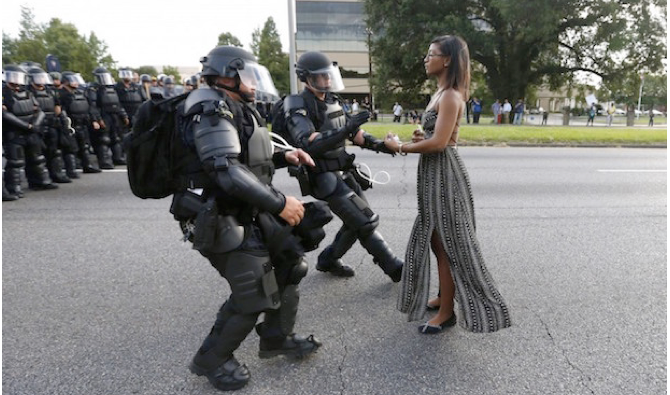








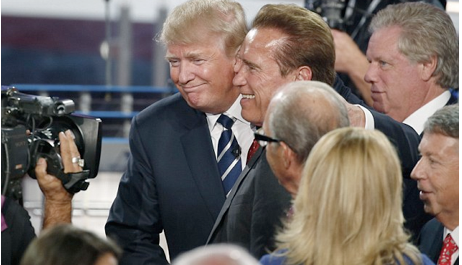
 But I believe there are lessons to be learned from Schwarzenegger’s behavior as governor that will help us understand Trump’s as president, at least based on how he has conducted himself in the first weeks since his election.
But I believe there are lessons to be learned from Schwarzenegger’s behavior as governor that will help us understand Trump’s as president, at least based on how he has conducted himself in the first weeks since his election.

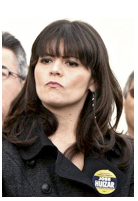 Just months later, Huizar agreed to settle a 2013 sexual harassment case brought by his former deputy chief of staff, Francine Godoy (photo left), who did not obtain a payout from the city, though the city did have to pony up tax dollars for Huizar’s legal fees. In April, the council had voted to approve up to $200,000 to the firm representing Huizar, though it was unclear whether the limit had been reached.
Just months later, Huizar agreed to settle a 2013 sexual harassment case brought by his former deputy chief of staff, Francine Godoy (photo left), who did not obtain a payout from the city, though the city did have to pony up tax dollars for Huizar’s legal fees. In April, the council had voted to approve up to $200,000 to the firm representing Huizar, though it was unclear whether the limit had been reached. 



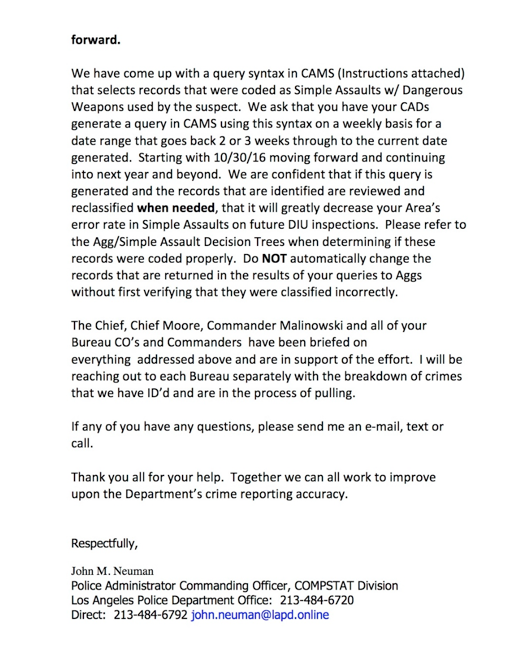

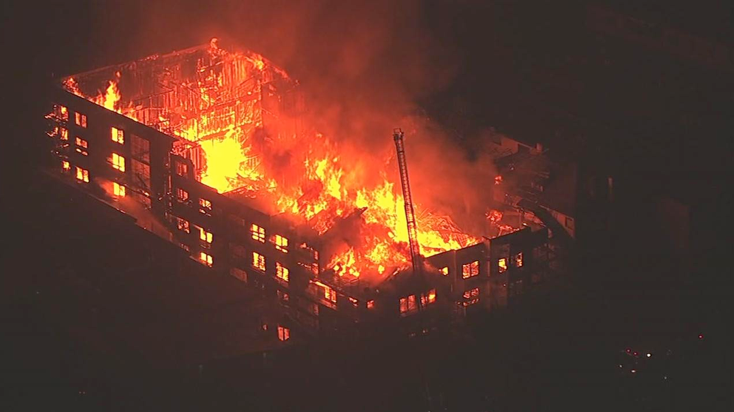
 As cadaver searches continue on the property, tenants' rights activists and Bay Area residents say the tragedy happened because of a lack of access to affordable housing fueled in large part by the technology boom that has transformed San Francisco into one of the most expensive cities in the world. They say housing policies have continually failed to protect marginalized communities and force low-income people to take up increasingly unsafe residences.
As cadaver searches continue on the property, tenants' rights activists and Bay Area residents say the tragedy happened because of a lack of access to affordable housing fueled in large part by the technology boom that has transformed San Francisco into one of the most expensive cities in the world. They say housing policies have continually failed to protect marginalized communities and force low-income people to take up increasingly unsafe residences. Gabe Meline, online arts editor for KQED, wrote in an op-ed on Sunday titled "
Gabe Meline, online arts editor for KQED, wrote in an op-ed on Sunday titled "

















